This article was medically reviewed by Jonas DeMuro, MD. Dr. DeMuro is a board certified Pediatric Critical Care Surgeon in New York. He received his MD from Stony Brook University School of Medicine in 1996. He completed his fellowship in Surgical Critical Care at North Shore-Long Island Jewish Health System and was a previous American College of Surgeons (ACS) Fellow.
There are 13 references cited in this article, which can be found at the bottom of the page.
This article has been viewed 151,001 times.
Stroke is the third leading cause of death in the United States and can cause life-long disabilities and complications.[1] It is considered a medical emergency and needs to be treated immediately. Learn to recognize the signs of a stroke. Getting help immediately can ensure proper treatment and lessen your chance of disability.
Steps
Looking for Signs of a Stroke
-
1Watch for signs that indicate a stroke. There are several tell-tale signs that someone is suffering from a stroke. These signs may include a sudden onset of:[2]
- Numbness or weakness of the face, arm, or leg, especially on one side of the body. One side of the face may drop when the person tries to smile.
- Confusion, trouble speaking or understanding speech, slurring words.
- Trouble seeing in one or both eyes, blackened vision or seeing double.
- Severe headache, usually with no known cause and possibly with vomiting
- Trouble walking, loss of balance or coordination and dizziness
-
2Keep an eye out for female-specific symptoms. In addition to the typical symptoms of stroke, women may also experience unique symptoms. These can include:[3]
- Weakness
- Shortness of breath
- Sudden behavior change or agitation
- Nausea and vomiting
- Hiccups
- Hallucinations
Advertisement -
3Test for signs of a stroke using “FAST.” FAST is an abbreviation that is an easy way to remember and test for signs of a stroke.[4]
- F- FACE: Ask the person to smile. Does one side of the face droop?
- A- ARMS: Ask the person to raise both arms. Does one arm drift downward?
- S- SPEECH: Ask the person to repeat a simple phrase. Is their speech slurred or strange?
- T- TIME: If you observe any of these signs, call 9-1-1 immediately.
-
4Get immediate medical help. If you suspect a stroke, call 911 immediately. Every minute counts in a stroke. For every minute untreated, one can lose 1.9 million neurons, which reduces chances for successful recovery and increases chances of complications or death.[5]
- In addition, there is a small treatment window for ischemic strokes, so it is important to get to the hospital as soon as possible.
- Some hospitals have stroke care facilities that are especially well-equipped to treat strokes. If you are at risk of having a stroke, then it might be beneficial to find out where these centers are located.
Knowing Your Risk Factors
-
1Assess your health conditions. Strokes can happen to anyone, however some people are more likely to get them. Talk to your doctor about your increased risk for stroke due to these health conditions:[6]
- Diabetes
- Heart conditions such as atrial fibrillation (a-fib) or stenosis
- Prior stroke or TIA
-
2Take stock of your lifestyle habits. If you have a lifestyle that does not prioritize exercise and healthy eating, you may have an increased risk of stroke. Some of the lifestyle habits that might increase your risk include:[7]
- Being overweight or obesity
- Physical inactivity
- Heavy drinking or illicit drug use
- Smoking
- High blood pressure
- High cholesterol
-
3Look into your genetics. There are certain unavoidable risks that you may be facing. These include:[8]
- Your age: after 55 years old, your risk doubles for every decade
- Your ethnicity or race: African Americans, Hispanics and Asians have a higher risk of stroke
- Women have a slightly higher risk
- Your family history of stroke
-
4Determine if you have other risk factors because you’re a woman. There are other factors that can impact a woman’s risk of stroke. These include:[9]
- Birth control pills: Oral contraceptives can increase stroke risk, especially when other risk factors are present such as smoking or having high blood pressure.[10]
- Being pregnant: This increases blood pressure and stress on the heart.[11]
- Hormone replacement therapy (HRT): Women often do hormone replacement therapy to relieve the symptoms of menopause.
- Migraines with aura: More women than men suffer from migraines, and migraines are associated with increased stroke risk.
Understanding What Strokes Are
-
1Learn how a stroke works. A stroke happens when the blood supply to your brain, along with oxygen and nutrients, is blocked or reduced. This can cause your brain cells to start dying almost immediately.[12] Prolonged deprivation of blood supply can cause extensive brain death and therefore long-term disability.
-
2Learn about two kinds of strokes. Most strokes fall into one of two categories: ischemic and hemorrhagic. An ischemic (iss-KEE-mick) stroke is caused by a blood clot that blocks blood supply. Most (about 80%) of strokes are ischemic. A hemorrhagic stroke is caused by a rupture of a weakened blood vessel in the brain. This causes blood to leak out in the brain.[13]
-
3Learn about transient ischemic attacks. These types of strokes, also known as TIAs, are mini-strokes. This stroke is caused by a “temporary” blockage of the blood supply to the brain. For example, a small moving clot can block a vessel temporarily. Although the symptoms are the same as for a more severe stroke, they last for a shorter period of time, usually less than five minutes. The symptoms appear and disappear within 24 hours.[14]
- However, you cannot tell whether you experienced a TIA or stroke only by timing and symptoms.
- It is crucial to get emergency care regardless, since having a TIA is an indication of a future probability of a stroke.
-
4Be aware of the disabilities caused by strokes. Disabilities after a stroke can range from problems moving (paralysis), problems thinking, speaking, memory loss etc. They can be mild to severe depending on how serious the stroke (size of clot, extent of brain damage) was and how long it took for the patient to receive treatment.[15]
Warnings
- Take note of the time when the symptom(s) started. The doctor will need to know this when treating the patient.⧼thumbs_response⧽
- Keep a cell phone handy or be near a phone. When a person experiences any one of the symptoms, call your local emergency number immediately.⧼thumbs_response⧽
- The person may only experience one of the symptoms of stroke. It is still vitally important to get immediate medical attention.⧼thumbs_response⧽
References
- ↑ http://www.ninds.nih.gov/disorders/stroke/knowstroke.htm
- ↑ https://www.cdc.gov/stroke/signs_symptoms.htm
- ↑ https://www.stroke.org/en/about-stroke/stroke-symptoms/learn-more-stroke-warning-signs-and-symptoms
- ↑ https://www.stroke.org/en/about-stroke/stroke-symptoms
- ↑ https://www.stroke.org/en/about-stroke/stroke-symptoms
- ↑ https://www.mayoclinic.org/diseases-conditions/stroke/symptoms-causes/syc-20350113
- ↑ https://www.hopkinsmedicine.org/health/conditions-and-diseases/stroke/risk-factors-for-stroke
- ↑ https://www.cdc.gov/stroke/family_history.htm
- ↑ https://www.cdc.gov/stroke/women.htm
- ↑ https://www.cdc.gov/stroke/family_history.htm
- ↑ https://www.cdc.gov/stroke/pregnancy.htm
- ↑ http://www.mayoclinic.org/diseases-conditions/stroke/home/ovc-20117264
- ↑ https://www.mayoclinic.org/diseases-conditions/stroke/symptoms-causes/syc-20350113
- ↑ https://www.mayoclinic.org/diseases-conditions/transient-ischemic-attack/symptoms-causes/syc-20355679
- ↑ https://www.stroke.nih.gov/materials/rehabilitation.htm
About This Article
You might be having a stroke if you're experiencing numbness of the face, arm or leg, confusion, blackened vision, headache, or trouble walking. If you are, call for emergency medical services immediately. Additionally, women suffer unique symptoms that include weakness, shortness of breath, nausea, hiccups, and hallucinations. To test if you’re having a stroke, try to smile or raise both arms. If one side of your face droops or one arm drifts downwards, you are having a stroke. For more advice from our Medical co-author, including how to assess your risk of stroke, read on.
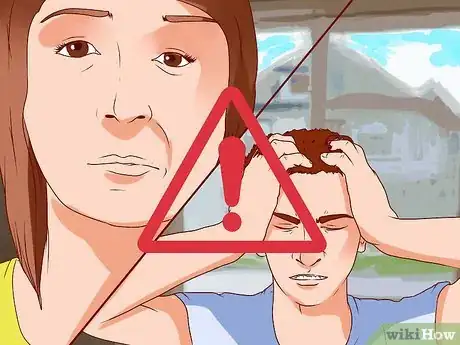
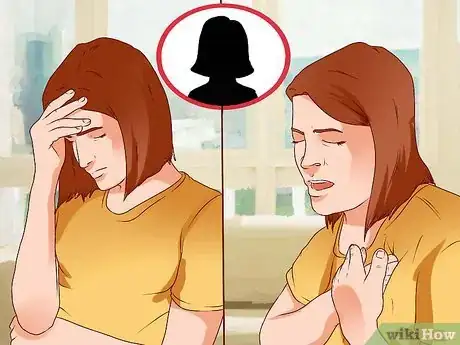
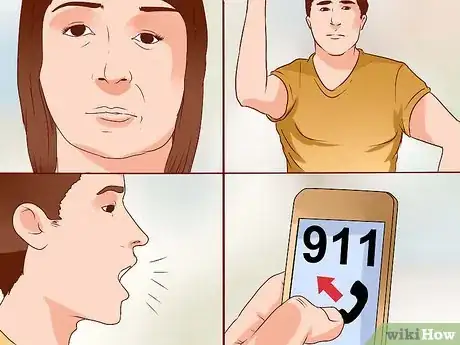
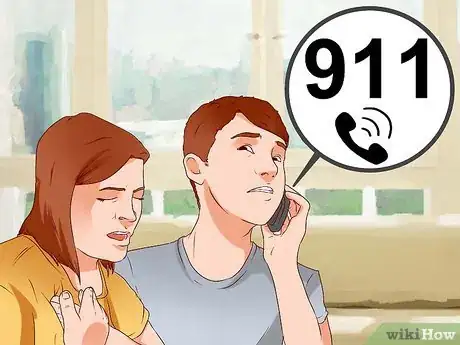
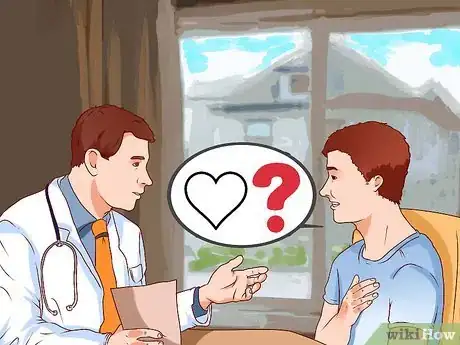
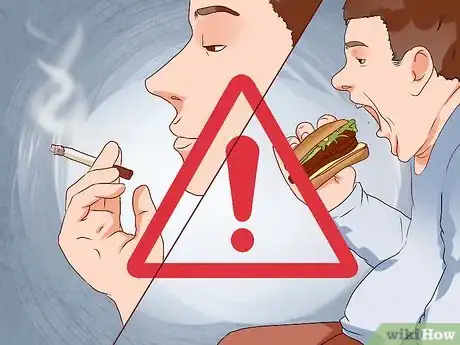

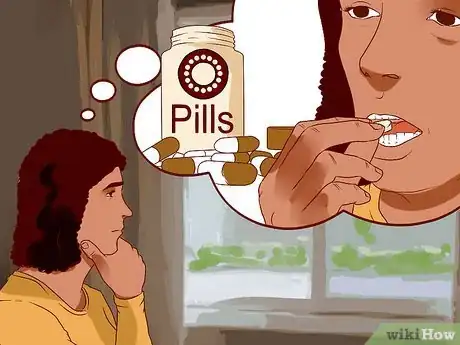
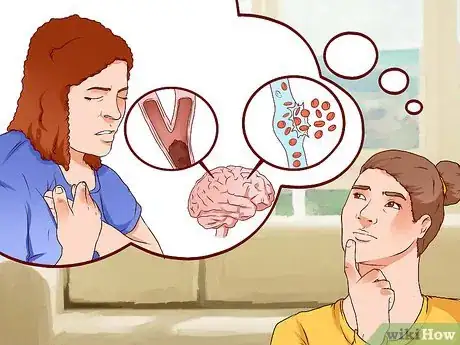


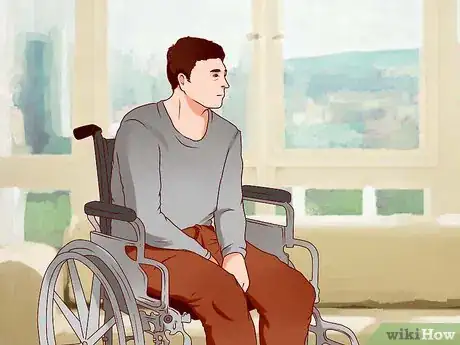

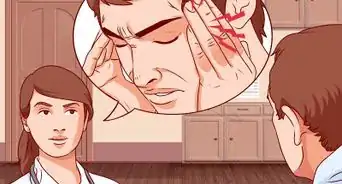


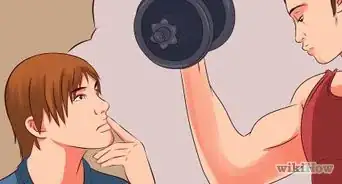
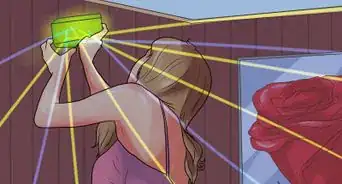
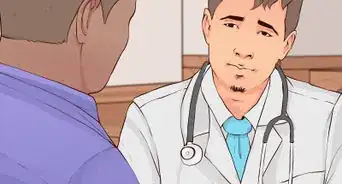
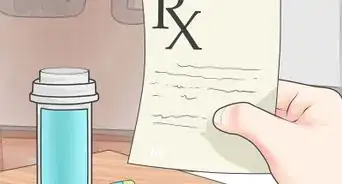










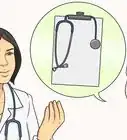
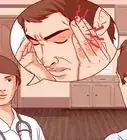





































Medical Disclaimer
The content of this article is not intended to be a substitute for professional medical advice, examination, diagnosis, or treatment. You should always contact your doctor or other qualified healthcare professional before starting, changing, or stopping any kind of health treatment.
Read More...